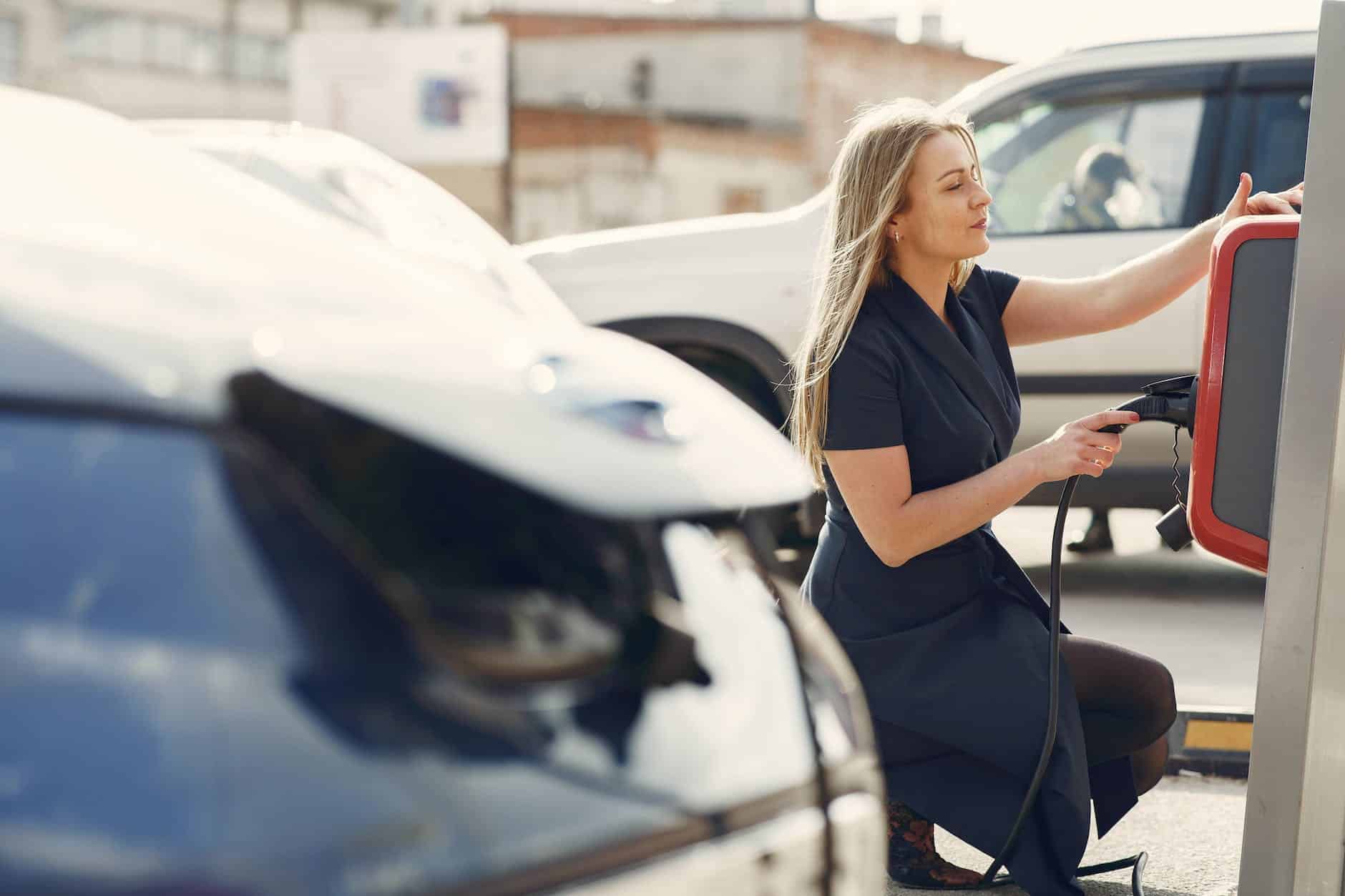This week, the Swiss Federal Office of Energy (SFOE) published its predictions and ambitions for electric transport infrastructure.

Photo by Gustavo Fring on Pexels.com
By 2035, SFOE expects more than half of all passenger cars in Switzerland to be electric. This means the country has around 12 years to complete its charging infrastructure, it said.
The SFOE study estimates there will be 2.8 million plug-in vehicles on Swiss roads by 2035, and by 2050 they should be the dominant type of passenger car.
However, so far, there is a lack of understanding and agreement on the design and rollout of charging infrastructure. Designing and developing such infrastructure is more complex than the filling station infrastructure used by current vehicles. Far more charging points in more places are required. This means cooperation and coordination between the real estate industry, planners, energy supply companies, providers of charging stations, cantons, municipalities and companies.
The main conclusions of the report are that whenever possible, electric vehicles should be able to charge at private charging stations in existing parking spaces at home. By 2035, up to 2 million private charging points are expected to be built in Switzerland. Guidelines on ensuring charging points in rental properties will be a key aspect of achieving this target.
In addition, Switzerland will need up to 84,000 publicly accessible charging points, up from 10,000 today.
Another challenge is producing enough extra electricity and ensuring it’s clean. The report predicts a vehicle electricity requirement of 7.3 TWh by 2035. In 2021, Switzerland consumed around 58 TWh in total and less than 0.2 TWh of that was consumed by electric vehicles. This means Switzerland will need an extra 7.1 TWh of electricity to power electric vehicles. This is 12% if current consumption. And to benefit the environment it will either need to consume less elsewhere or produce this extra electricity cleanly or import it from a clean source – Switzerland imports and exports substantial quantities of electricity so the mainly clean electricity it produces is not always what it consumes.
Electricity needs to be produced somehow so it is critical to look past it and see its true source. Like hydrogen, electricity isn’t automatically clean. These energies are best viewed as an energy transfer mechanisms that can have either clean or dirty energy behind them.
More on this:
SFOE report (in French) – Take a 5 minute French test now
For more stories like this on Switzerland follow us on Facebook and Twitter.
Full story here Are you the author? Previous post See more for Next postTags: Business & Economy,Editor's Choice,Environment,Featured,newsletter,Personal finance
































